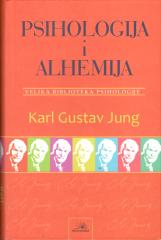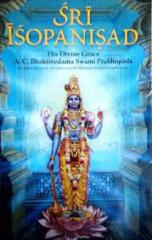
Crvena knjiga: Liber Novus
The Red Book is a masterpiece of introspection, written between 1914 and 1930 during Jung's profound spiritual crisis following his split with Freud. The compact edition offers a condensed version with key texts and images, more accessible to readers.
The Swiss psychiatrist, then 38, confronted the unconscious through active imagination: he recorded visions, dreams, hallucinations, and dialogues with archetypal figures such as the sage Philemon, the prophetess Salome, and demons. These "journeys through the psychic underworld" - from dark caves to divine encounters - are described in calligraphic style, illustrated with colorful drawings, and bound in red leather, from which the book takes its name.
The work is Jung's personal therapy: "My soul, my soul, where are you? Can you hear me? I have returned, I am here again." Crying for the lost soul, he integrates the dark aspects of the psyche, building the foundations of analytical psychology - archetypes, the collective unconscious, individuation, and synchronicity. God appears here as a symbolic primordial experience: "I know. I need not believe. I know." Religion becomes a restoration of balance, symbols transform the libido, and man, homo mysticus, is open to mystery.
Due to its personal and controversial content, Jung did not publish the book during his lifetime; he kept it in a safe, sharing his intimate notes only with those closest to him. It was not until 2009, under the editorship of Sonu Shamdasani, that it was published in full, causing a boom in the market and becoming a bestseller that inspires psychologists, artists, and seekers.
It is the book that saved Jung's soul from madness, opened the way to spiritual psychotherapy, and reminded us that individuation is the universal dream of all living things. Reading requires courage – it is a source of wisdom, but it can also cause confusion, as it is a call to confront inner chaos in the struggle for wholeness.
One copy is available





